.png.transform/rendition-xs/image_image%20(1).png)
All I Want for Christmas is... Sweet Flavors from Spain
Christmas in Spain is synonymous with culinary culture, recipes with the flavor of home and family memories, and a huge variety of gifts very closely linked to gastronomy. Every year, tons of sweets are mailed from Spain all across the globe, filling the homes of Spaniards living abroad and fans of Spanish gastronomy with the flavors of a Spanish Christmas. Merry and sweet Christmas!
1. Turrón, the king of Christmas
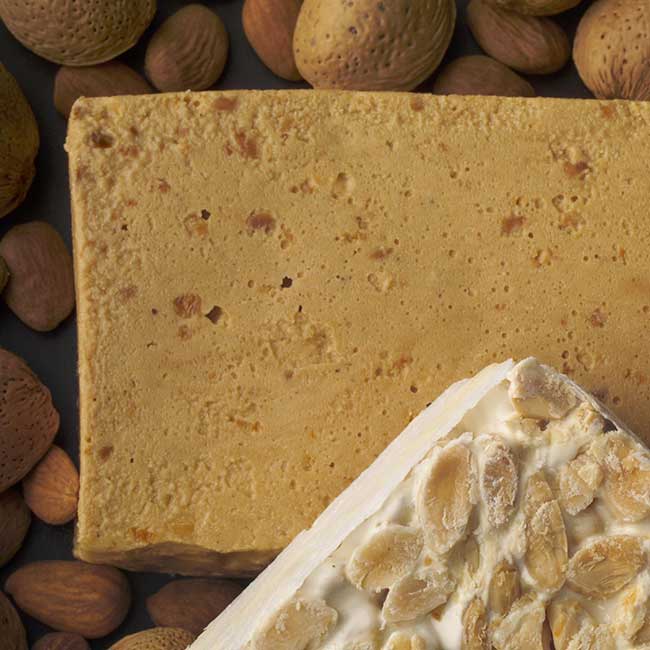
Although international sales of Spanish turrón are increasing every year outside of the Christmas season, the truth is that this product is found on every Spanish table during the holiday season. We can choose from the most traditional varieties made with almond, honey and sugar – like those from PDO Jijona and Turrón de Alicante, and PDO Agramunt – or the growing selection of mor innovative turrones.
2. Mazapán, Toledo’s inheritance
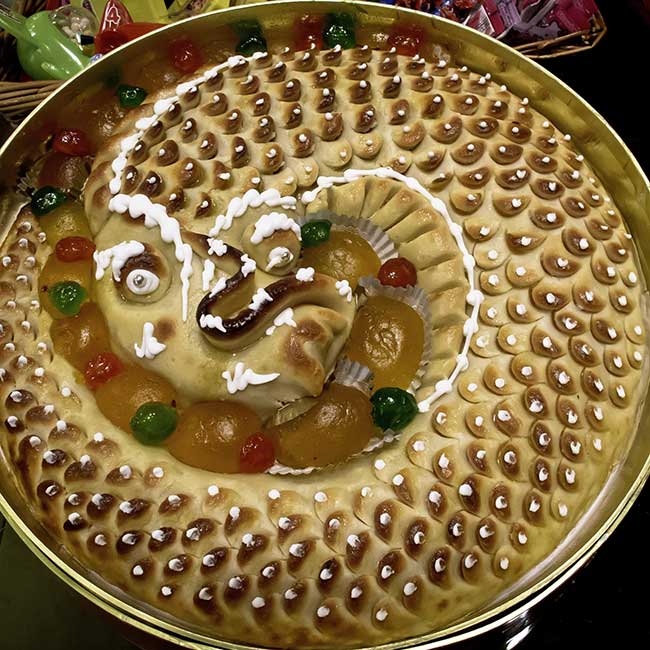
This typical sweet comes in a variety of small shapes, as well as in the form of large winding eels (see image). It is one of those products that every tourist who visits the historic city of Toledo takes home in his or her suitcase. At Christmastime, sales of this historic sweet – made in Toledo since the 13th century from eggs, almonds sugar and honey – multiply. The city’s most famous workshop is Santo Tomé, which has been making marzipan since 1856.
3. Mantecados and polvorones from Estepa
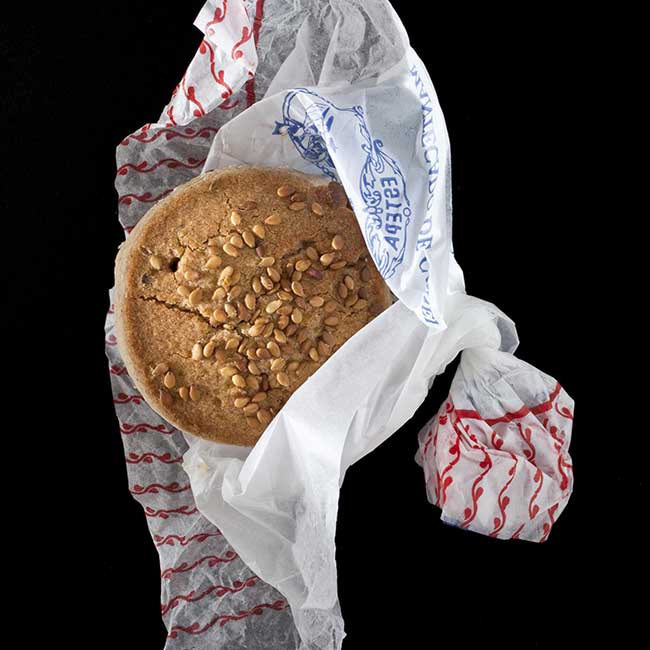
These sweets are made with wheat flour, pork lard, powdered sugar, almonds, cinnamon and natural aromas, and they bear the European quality guarantee of Protected Geographic Indication Mantecados y Polvorones de Estepa. This town in the province of Seville has 19 companies that are responsible for making 20 tons of these sweets annually. Their identifying characteristics include the soft sensation of the lard on the palate and the aromas of cinnamon. A true Christmas delicacy in Spain.
4. Roscón de Reyes
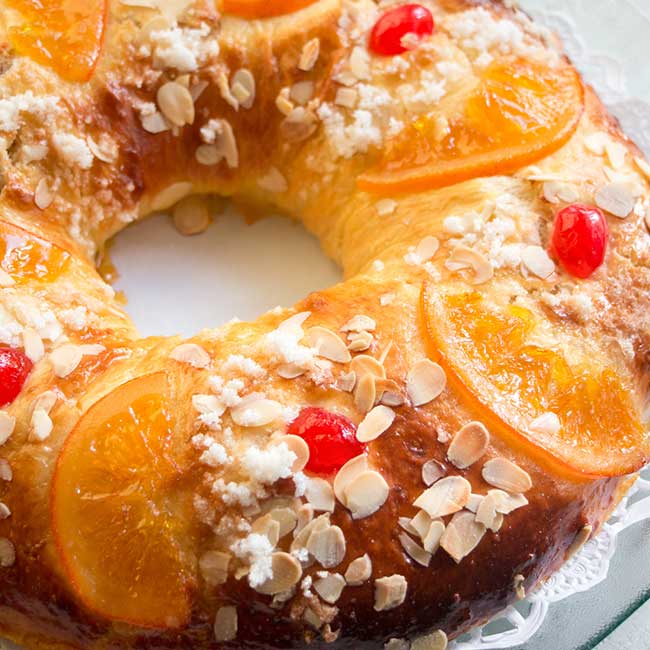
The most genuinely Spanish custom at Christmas – along with the tradition of eating 12 grapes for luck on New Year’s Eve – is that of the gifts from the Three Kings on January 6th. It should come as no surprise of course that this custom comes with its own culinary tradition: breakfast of roscón de Reyes, a spongy and mild cake covered with powdered sugar, candied fruit and a touch of orange blossom water, which lends it a truly evocative aroma.
5. Torta de Pascua, guirlache, neulas….
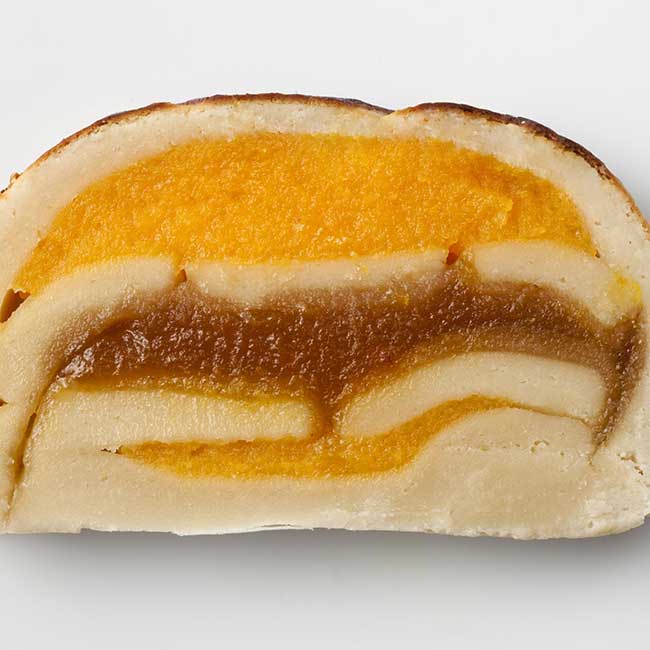
Each Spanish region has its own typical Christmas sweets. One can’t visit Murcia this time of year without trying this region’s famous tortas de Pascua, delicious pastries made with flour, sugar, ground hazelnuts and almonds, orange juice, olive oil, lemon peel and a touch of anise.
The same thing is true of the neulas in Catalonia and the Balearic Islands; sweets in the form of cylindrical wafers whose rolled-up dough is made from eggs, sugar, milk, butter, flour and vanilla. This can also be said of Pan de Cádiz, a very sweet morsel that is typical of this Andalusian city. A marzipan dough filled with candied fruit, it is typically made from egg yolk and candied yams, and then baked in the oven.
Guirlache is a Christmas brittle made from almonds and solidified caramel that is typical of Aragón. Although it is now found all over Spain, its Aragonés origins can be traced back to the Middle Ages, and specifically the time period corresponding to the Arab settlement in this area.
Christmas in Spain has a very sweet side. Come discover it with us!
Text: Rodrigo García / @ICEX
Translation: Adrienne Smith/@ICEX
Photos: Juan Manuel Sanz / @ICEX, Pablo Neustadt / @ICEX.


